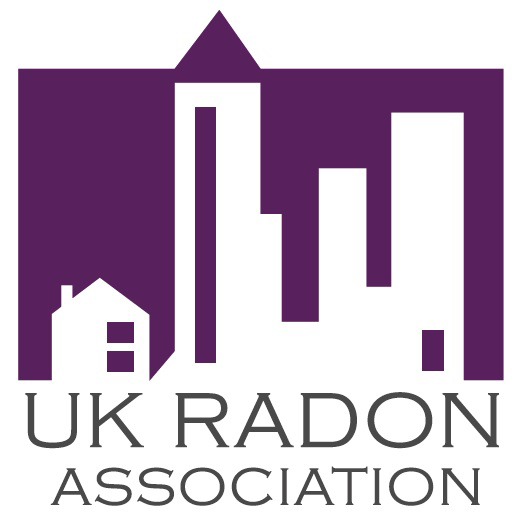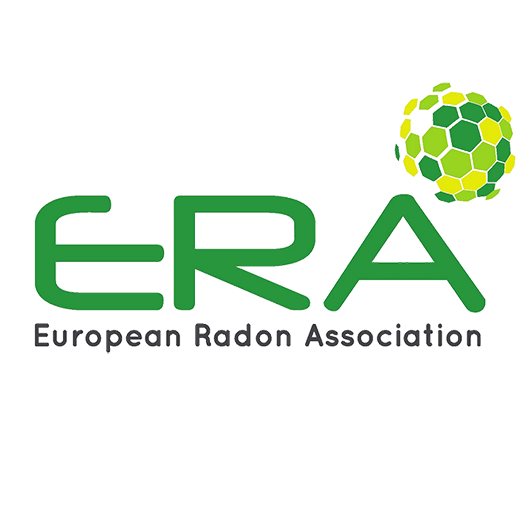Radon can be measured throughout the year. However, to obtain an annual average value of radon levels in a home or workplace, it should be measured during what is called the “heating season” for at least two months. Other countries, such as Canada, recommend measuring for 91 days and longer. The timing of the heating season can vary slightly between countries. For example, in Sweden and Canada, it runs from October 1 to April 30. Norway’s heating season is between October 15 and April 15 and Finland’s heating season runs from November 1 to March 31.
In practice, this means that radon measurement should ideally begin by the end of February.
Higher Concentrations in Winter
A key reason for measuring the annual average value of radon during winter is that homes and workplaces are tightly sealed to retain heat. This causes the radon that seeps in to have less chance of being ventilated out. Additionally, snow and ground freezing can cause radon to easily penetrate buildings through cracks and cavities in the foundation. This leads to higher indoor radon concentrations during the winter months, increasing the risk of exposure, especially since it is a period when people spend more time indoors. If a home or workplace has high radon levels and simultaneously poor ventilation, it can lead to significantly higher radon levels during the heating season.
Need for Comparable Measurements
Measuring radon during the heating season provides comparable results over time. By conducting measurements during the same period each year, one can better understand how radon levels vary across seasons and take appropriate actions if needed. Municipalities in Sweden have a legal right to demand that radon measurements be conducted in, for example, multi-family buildings. It is common for Swedish municipalities to request radon measurements from housing cooperatives and other owners of multi-family houses and that the radon measurements should be conducted as long-term measurements during the heating season.
Why is the Annual Average Value of Radon Important?
Long-term exposure to radon causes lung cancer. Radon has a 3.8-day half-life which allows the gas to be trapped within indoor environments where it will decay into Polonium 218 and 214. When inhaled into the lungs, these radon decay products with a shorter half-life can decay into radioactive alpha particles. These radioactive particles damage the DNA of cells that line the lungs. Such cell changes are called mutations. When cells have too many mutations they can stop working correctly, grow uncontrollably, and eventually become cancerous.
Radon levels can vary during the day and over time. Therefore, a measurement made over a few days can be very misleading. Levels could be higher than average during the short term and cause a homeowner to incur unneeded radon removal costs. Or, even worse, a short-term radon measurement could be lower than average and give a homeowner a false sense of safety. This is why a long-term annual average will provide the most accurate results of radon levels in a home or building.








